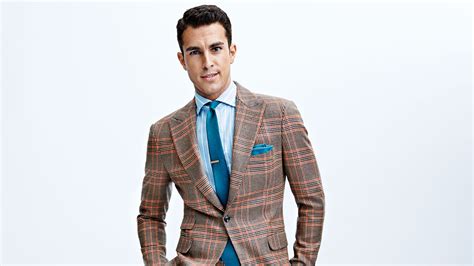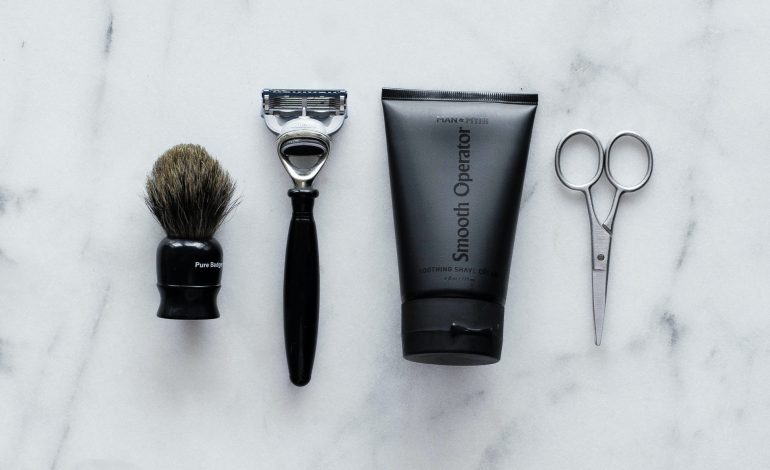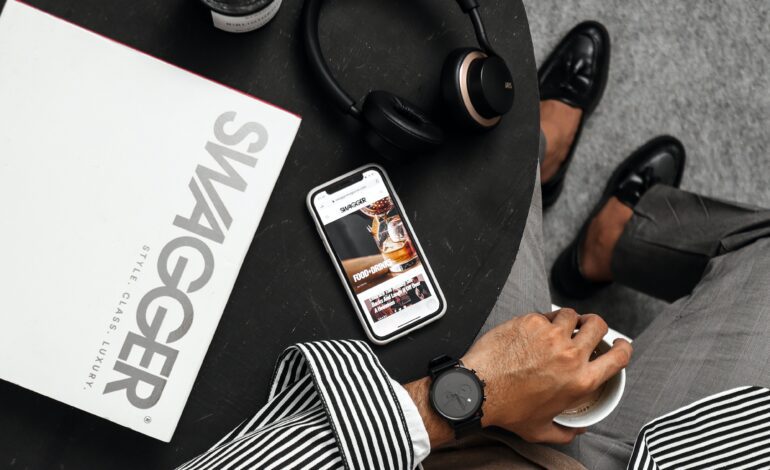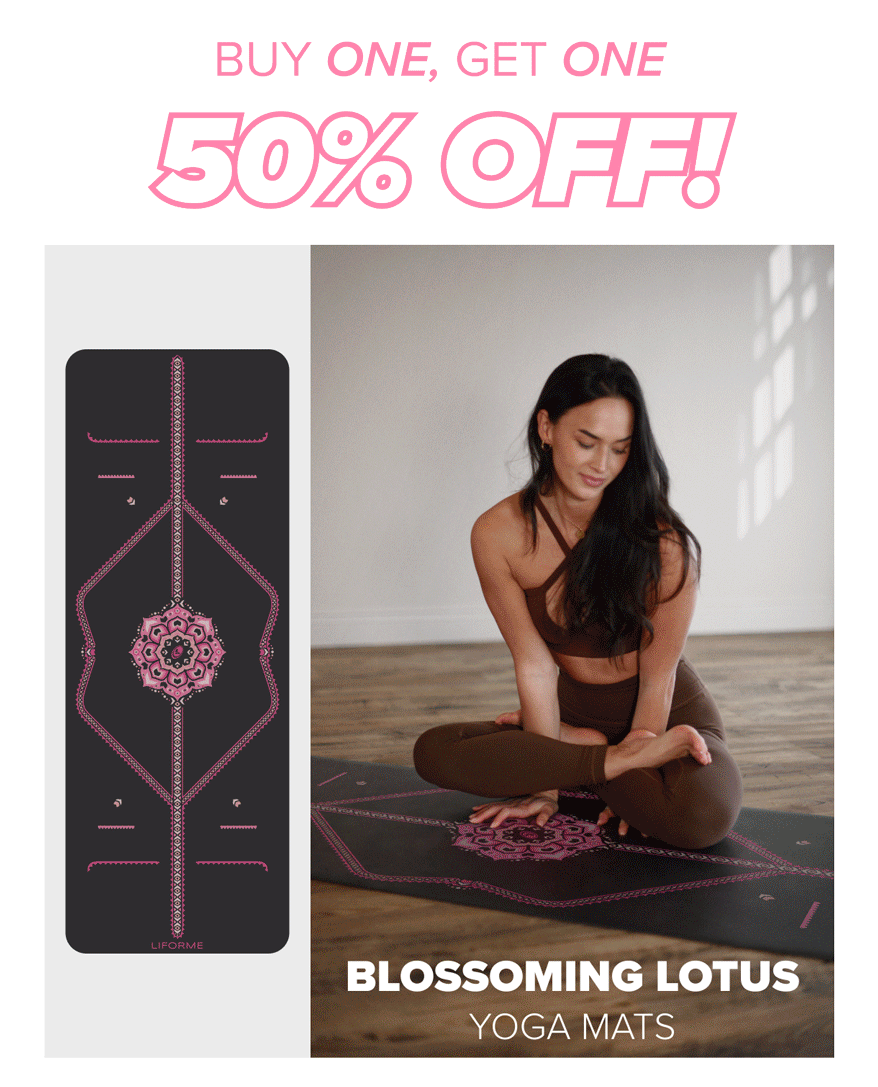A well-fitted suit is the epitome of elegance and sophistication for men. Whether it's for a business meeting, a formal event, or a special occasion, choosing the right suit style is crucial to make a lasting impression. However, with so many options available, it can be overwhelming to navigate the world of men's suit styles. This ultimate guide will provide you with valuable insights into various suit styles and help you choose the perfect one for any occasion.

1. Single-Breasted Suit: The single-breasted suit is the most common and versatile suit style. It features a single row of buttons on the jacket, usually two or three. This style is suitable for both formal and informal occasions, making it a staple in every man's wardrobe. A single-breasted suit can be worn with or without a tie, depending on the occasion, and is available in various colors and patterns.
2. Double-Breasted Suit: The double-breasted suit is a more formal and traditional option. It features two parallel rows of buttons on the front of the jacket, with overlapping fabric. This style is known for its sophisticated and commanding look. A double-breasted suit is ideal for formal events or business settings that require a polished and authoritative appearance. It is usually worn with a tie and is available in classic colors like navy or charcoal gray.
3. Three-Piece Suit: The three-piece suit is the epitome of sartorial elegance. It consists of a jacket, trousers, and a waistcoat (vest). This style adds an extra layer of sophistication and offers versatility, as the waistcoat can be worn with or without the jacket. A three-piece suit is suitable for formal events like weddings or black-tie affairs. It is usually worn with a tie and requires careful attention to fit and tailoring to achieve a polished look.
4. Tuxedo: The tuxedo, also known as a dinner jacket, is the epitome of formalwear for men. It is reserved for events with a black-tie dress code. A tuxedo typically features satin lapels and a satin stripe down the side of the trousers. The jacket can be single-breasted or double-breasted, and the trousers are usually tailored with a satin stripe. A tuxedo is traditionally worn with a bow tie and a formal dress shirt. Opt for a classic black tuxedo for a timeless and elegant look.
5. Suit Fabrics: When choosing a suit, the fabric plays a significant role in its overall appearance and comfort. Some common suit fabrics include wool, cotton, linen, and synthetic blends. Wool is the most popular choice due to its durability, versatility, and comfort. It can be worn year-round and comes in various weights and weaves. Cotton and linen suits are more suitable for warmer climates or casual occasions. Synthetic blends, such as polyester or rayon, are budget-friendly options but may lack the breathability and high-quality feel of natural fibers.
6. Suit Colors: The color of your suit can have a significant impact on your overall look and the impression you want to create. Classic colors like navy, charcoal gray, and black are timeless choices that work well for formal and professional settings. These colors are versatile and can be paired with a variety of shirt and tie combinations. For a more casual or fashion-forward look, consider experimenting with lighter shades like light gray or tan. Avoid overly bright or flashy colors, as they may distract from a professional appearance.
7. Suit Fit: The fit of your suit is perhaps the most critical aspect to consider. A well-fitted suit can enhance your physical appearance and exude confidence. The jacket should fit snugly around the shoulders, with no visible wrinkles or pulling. The sleeves should end just above the wrist bone, allowing about half an inch of shirt cuff to show. The trousers should sit at your natural waistline and have a slight break, allowing the hem to rest on the top of your shoe without bunching up.
If you're unsure about the fit, consider visiting a tailor who can make necessary adjustments to ensure a perfect fit. Remember that a well-tailored suit can make a significant difference in your overall appearance and boost your confidence.
In conclusion, choosing the right suit style is essential for any occasion. Whether it's a formal event, a business meeting, or a casual setting, understanding the different suit styles, fabrics, colors, and fits will help you make an informed decision. Remember to consider the occasion, your personal style, and the dress code when selecting a suit. A well-fitted suit not only enhances your physical appearance but also conveys professionalism and sophistication. Invest in high-quality suits and maintain them properly to ensure they last for years to come.










Leave a Reply